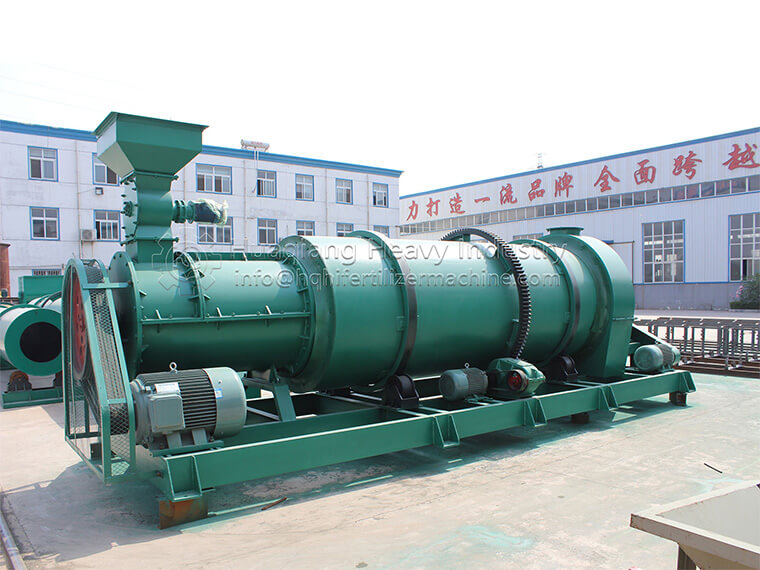Process characteristics and advantages of environmentally-friendly composite fertilizer complete equipment
The complete set of environmentally-friendly composite fertilizer equipment adopts a dry and normal temperature process for production, forming in one go with a production capacity of 1-2t/h. The composite fertilizer equipment has low investment, fast efficiency, good economic benefits, compact process layout, scientific and reasonable, advanced technology, energy conservation and consumption reduction, no three waste discharge, stable operation, reliable operation, convenient maintenance, wide adaptability of raw materials, and is suitable for composite fertilizers, pharmaceuticals, chemical feed, coal Granulation of various raw materials such as metallurgy, and production of compound fertilizers of various concentrations and types (including Manure, inorganic fertilizer, biological fertilizer, magnetized fertilizer, etc.).
Characteristics of environmentally-friendly composite fertilizer complete equipment
1. The compound fertilizer equipment is applicable to the direct granulation of fermented livestock manure, sugar factory filter sludge, urban sludge, paper making sludge, distiller’s grains, straw, peat and other coarse fiber organic wastes with moisture content of about 30%, and can produce spherical pure Manure, organic and inorganic fertilizer, and biological Manure.
2. The balling rate of compound fertilizer equipment and the survival rate of microbial bacteria are high. The new process can achieve a balling rate of over 90% -95%, and the low-temperature high air drying technology of the compound fertilizer production line can achieve a survival rate of over 90% for microbial bacteria.
3. The process flow of compound fertilizer equipment is short, and the operating cost is low. The organic raw materials used in this process do not require pre treatment such as drying and crushing. The process flow is short, and the operating cost is low (if traditional granulation processes such as disc or drum are used, the organic raw materials with a moisture content of about 30% after fermentation need to be dried to below 13%, crushed to over 80 mesh, and the amount of organic materials added cannot exceed 30%).
A set of Manure equipment is not what we imagine is a fixed equipment, but it needs to be determined according to the site and materials. For example, chicken manure has a lot of water. When fermenting, the water must be reduced, and corn cobs smashed with straw can be added. Otherwise, it cannot be granulated, while sheep manure is relatively dry. When fermenting, it can be granulated directly without straw, The equipment used varies depending on the process.
.jpg)
.jpg)


.jpg)


.jpg)
